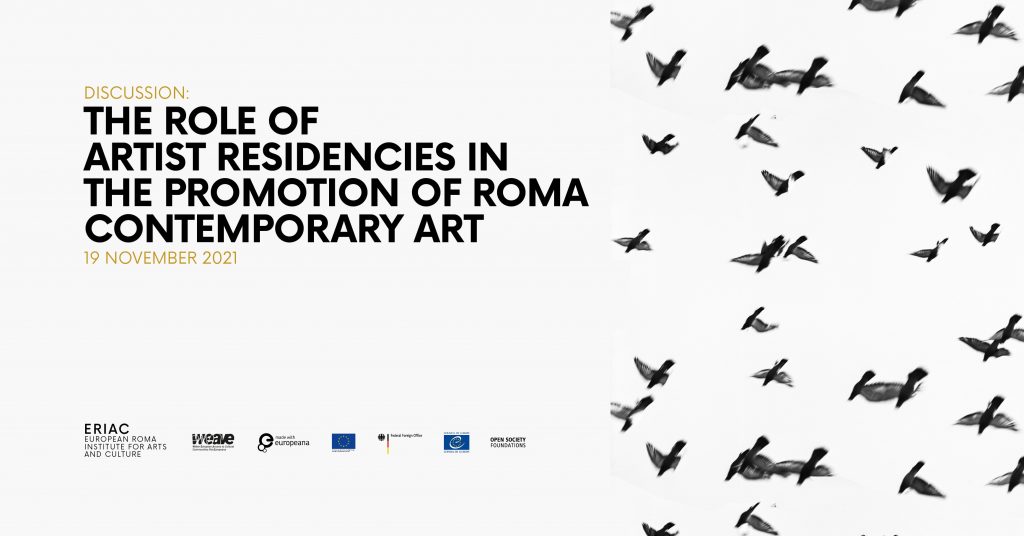|
Digital meets Culture https://www.digitalmeetsculture.net/article/role-of-artist-residencies-in-the-promotion-of-roma-contemporary-art/ Export date: Sun Dec 14 13:49:30 2025 / +0000 GMT |
The Role of Artist Residencies in the Promotion of Roma Contemporary Art For centuries, art-loving benefactors regarded the offering of guest studios to individual artists as a kind of romantic patronage, enabling artists to live and create in bucolic settings. Artist residencies provide artists with the time, space, and materials they need to create new work or to focus on their artwork-related research. Moreover, residencies are important career boosters because they provide artists with the opportunity to form relationships with their peers and receive mentoring from influential artists and industry professionals. The vast majority of Roma artists, however, lack the prerequisites to be invited to many artist residencies. This system tends to exclude self-taught artists, artists who have not graduated from arts programmes at elite white institutions, and artists who do not have powerful advocates. The consequence of so many Roma artists being shut out of higher tier residencies is that they remain with lower industry status, receive little publicity, achieve fewer museum acquisitions, and their work is sold at lower price points. Since 2020, the joint programme of Villa Romana Florence and ERIAC has been the premier residency for artists of Roma descent. During our webinar, we will discuss the role of art residencies in advancing individual careers and the promotion of marginalised cultures. The cultural managers behind the trailblazing initiative, Angelika Stepken of Villa Romana and ERIAC's Timea Junghaus will be joined by the 2021 artists-in-residence L´uboš Kotlar and Norbert Oláh, to discuss the pros and cons of this kind of positive action targeting ethnicity in the field of arts and culture. This webinar is organised within the framework of WEAVE – Widen European Access to Cultural Communities Via Europeana and RomaMoMA, a project of IMEI – International Membership Engagement Initiative. The ERIAC WEAVE LabDay aligns with the WEAVE capacity-building strand of the work, which explores the ethical dimension of the project in relation to representation. Within WEAVE, we carry out several capacity-building activities to develop a closer connection between cultural heritage institutions (CHIs), minority cultural communities, and Europeana. These pillars of the WEAVE project link directly to safeguarding principles that allow for critical reflection on ethical principles, in terms of space, access and the “effects” of a lack of access to certain residencies. Ironically, another kind of tension emerges when there is an “active invitation for underrepresented communities” – through which the residency or call becomes merely an exercise that ticks all the right boxes and appears to be inclusive, yet is removed from valuing the individual artist. Perhaps this perspective of the paradox and tension reveals the need for generating a space where Roma artists are valued and respected. Other complex issues that emerge for Roma artists concern the application fees and processes, the gender dimension that may be tied to caring responsibilities, and the way artists are expected to navigate digital platforms and have a strong digital presence. Within this framework, the third ERIAC LabDay will explore the above context and invite our guests to reflect on their own experiences, while also offering possible alternatives and solutions. Panel speakers: Timea Junghaus (ERIAC Executive Director), Angelika Stepken (Villa Roma Florence Director), Norbert Oláh (Artist in Residence, Villa Romana Florence, 2021), L´uboš Kotlar (Artist in Residence, Villa Romana Florence, 2021), Selma Selman (Artist) Moderator: Katarzyna Pabijanek Discussion held in English with Hungarian interpretation. More information and registration: https://weave-culture.eu/2021/11/15/role-artist-residencies/ |